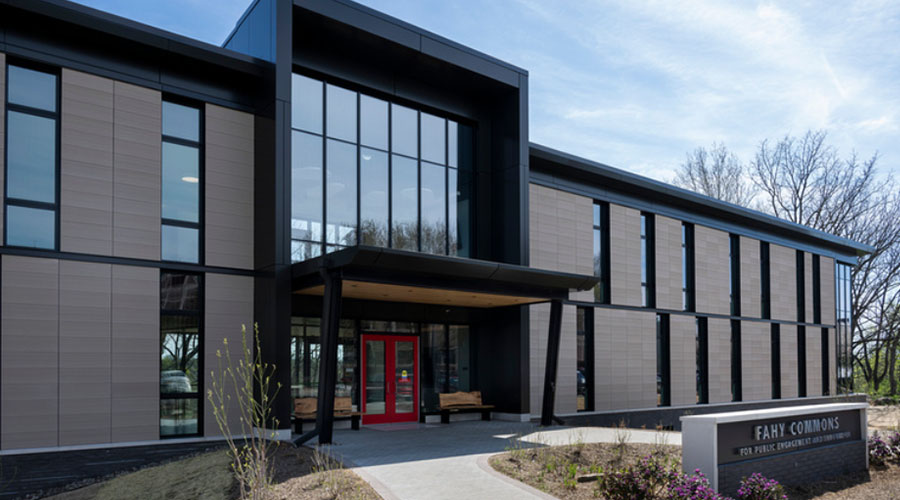Roof Inspections Spot Maintenance, Drainage, Vandalism Problems
Roof inspections also commonly spot problems with neglected maintenance, obstructed drainmage, and vandalism. Here's a closer look at each of the problems.
Neglected Maintenance
An important purpose of regular roof inspections is to generate work orders for maintenance and repair work, but well-intentioned facility managers often approve such orders for work the staff then fails to perform. Repair of actual leaks generally receives attention from the maintenance staff because of tenant or client complaints. Less urgent maintenance items, such as loose flashings, routine roof housekeeping, and obstructed drainage, are often postponed.
One useful tool in inspecting roofs is for the inspector to have the most recent prior inspection report as a checklist when performing the current inspection. A good inspection report should show 1) the completed items from the last inspection, 2) uncompleted items from the last inspection, and 3) new items since the last inspection. Experienced inspectors are well aware of the cumulative uncorrected items that appear repeatedly on inspection reports period after period.
Facility managers should set deadlines for correcting each item listed on inspection reports and have a follow-up system to ensure compliance.
Obstructed Drainage System
One of the best ways to avoid roof problems is to get the water off the roof as quickly and easily as possible. Roofs can drain in a number of ways: over the edge into gutters, by means of through-wall scuppers, and by means of internal roof drains. Even when the roof drains over the edge into gutters, problems can occur when gutters and downspouts are not cleaned regularly.
Through-wall scuppers are often undersized, which can result in obstruction by plastic bottles, balls, and even pine cones. Scuppers and connecting conductor heads and downspouts should be cleaned regularly to permit free flow. Leaves, brush, and even bird nests are often found in conductor heads, which can cause water to back up on the roof during heavy rains.
Properly designed roof drains are located at the low spots on a roof. As the water flows to the drains, so do accompanying trash and leaves, which can clog the roof drain strainer. Roof drain strainers should be bolted in place. Missing or loose strainers allow debris to clog the roof drain piping below the roofline.
Gutters, downspouts, drains, and scuppers should be inspected and cleared of obstructions that inhibit free flow.
Vandalism
Roofs are a tempting target for vandalism not only by burglars, but also by youthful mischief-makers eager to undertake risky nocturnal adventures. Vandalism can include broken skylights or windows, punctures, and damage to electrical and mechanical equipment. Vandalism that does not produce interior damage or clues may go unnoticed for weeks or months until the next roof inspection. All the while, such damage may be causing undetected water infiltration into the roof assembly.
Facility managers should have an active program to prevent vandalism by tightly restricting roof access and perhaps using on-the-roof security cameras or motion detectors. A locked guard should cover the bottom eight to 10 feet of outside roof access ladders, and the area should be well lit. Internal roof hatches and doors should be kept locked, with authorized persons controlling the keys.
Related Topics:













